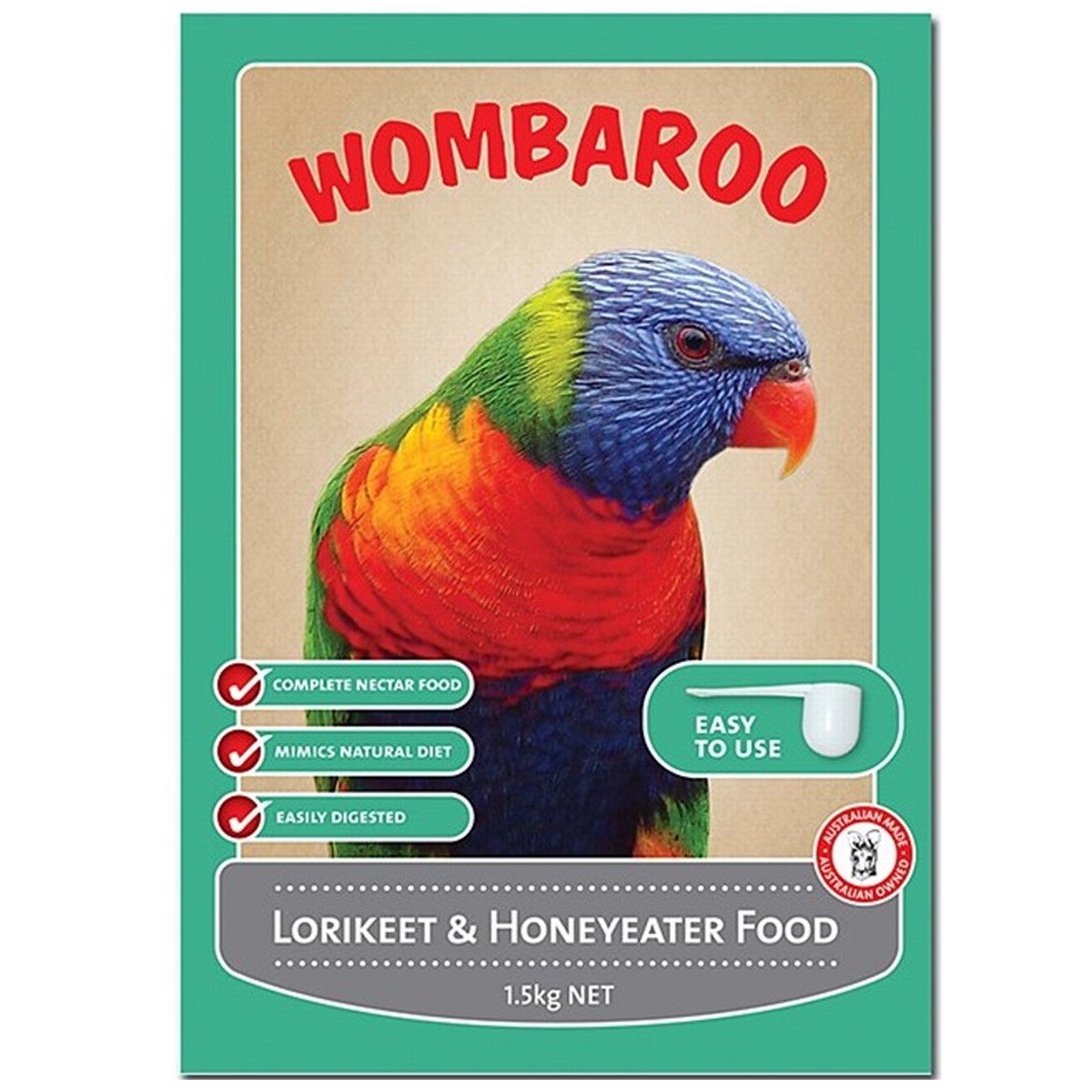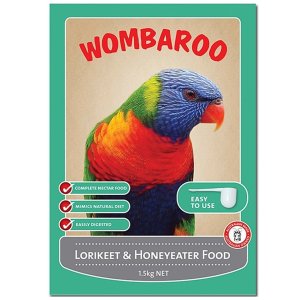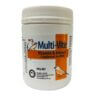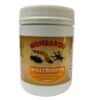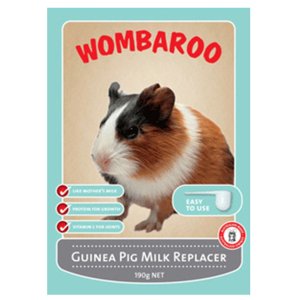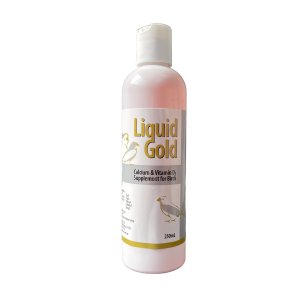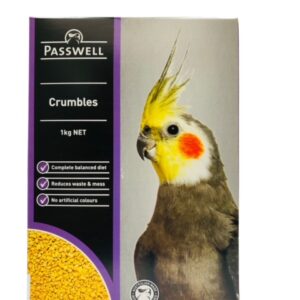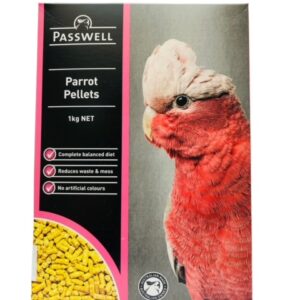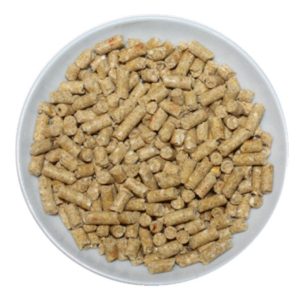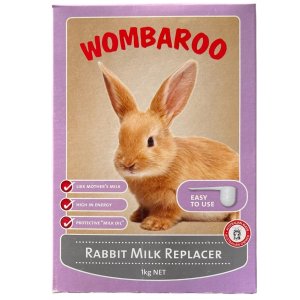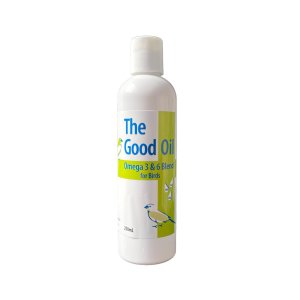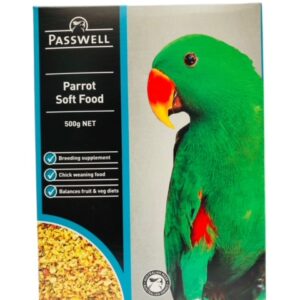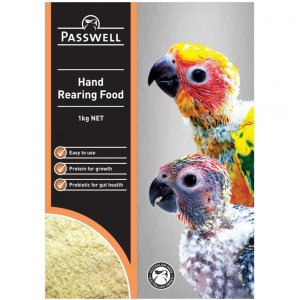LORIKEET & HONEYEATER FOOD
From: $13.40 inc GST
Complete, balanced diet for all nectar-eating birds. This includes lorikeets, lories, honeyeaters, wattlebirds, miners, sunbirds & hummingbirds.
Key Features
- Complete Nectar Food– powder dissolves in water to make a liquid diet that doesn’t separate out.
- Mimics Natural Diet– replicates the consistency and nutrient value of the natural diet.
- Easily Digested– low fibre and starch content for good digestive function.
- Improved Health– calorie-controlled feed guidelines, balanced protein content and moderate iron, vitamin A and vitamin D3 levels
Available in 300g, 1.5kg, 4.5kg and 9kg
Out of stock
Ingredients:
Sucrose, glucose, maltodextrin, whey protein, casein, lysine, methionine, vegetable oils, omega-3 & 6 fatty acids, taurine, carotenoids, vitamins A, B1, B2, B3, B5, B6, B9, B12, C, D3, E, K, biotin, choline, calcium, phosphorus, potassium, sodium, magnesium, zinc, iron, manganese, copper, iodine, selenium, 1g/kg Actigen® dried yeast prebiotic.
Typical Analysis:
Protein 12%
Fat 5%
Energy (ME)17 MJ/kg
Directions for Use:
To make 100mL: Mix 3 scoops of powder (30g) with 80mL of warm water.
To make 1 Litre: Mix 300g of powder with 800mL of warm water.
Add half the water to the powder first and mix until dispersed. Then add the remaining water and mix thoroughly. Prepared food can be stored in the fridge for a day or can be frozen for up to 2 weeks. It is useful to make-up larger quantities and store it frozen in small portions (e.g. ice cube trays), so that the required daily feed volumes can be easily thawed out.
| Lorikeets | Feed mL/day | Lories | Feed mL/day | Honeyeaters, Passerines | Feed mL/day |
| Little | 20 | Dusky | 50 | Humingbirds | 2-10 |
| Purple-Crowned | 20 | Red | 50 | Sunbirds, Scarlet H/E | 5-10 |
| Musk | 25 | Yellow-streaked | 50 | Spinebill, Brown H/E | 10 |
| Goldie’s | 25 | Black-capped | 55 | New Holland, Singing H/E | 15 |
| Scaly-breasted | 30 | Chattering | 60 | Noisy Miner | 25 |
| Rainbow | 40 | Black | 60 | Wattlebird, Blue-faced H/E | 35 |
Captive Birds:
Use as the maintenance diet for captive lorikeets, lories & honeyeaters. Overfeeding can cause obesity, so feed the suggested amounts in the feeding guide. In hot weather provide fresh food in the morning and evening to prevent spoilage. Offer fresh water, fruit and blossom daily. For breeding birds increase feed by 30% and supplement with Insectivore Rearing Mix or Finch Soft Food.
Supplementing Wild Birds:
Set up an elevated feeding station. Provide the prepared food in a shallow, glazed bowl. Ration daily feed to no more than 10mL per lorikeet or 5mL per honeyeater. Limit the frequency of food offered to reduce dependence on the food. Remove the bowl daily and thoroughly clean it. Disease transmission and the presence of predators can be a problem at feed stations. An alternative to direct feeding is to plant native shrubs and provide fresh water.
| Weight | N/A |
|---|---|
| Dimensions | N/A |
| size | 300g, 1.5kg, 4.5kg, 9kg |
Related products
WOMBAROO
CRUMBLESA healthy replacement to seed mixes
WOMBAROO
PARROT PELLETSA healthy replacement to seed mixes.
WOMBAROO
RABBIT MILK REPLACERWOMBAROO
PARROT SOFT FOODNutritional supplement for parrots and cockatoos.

